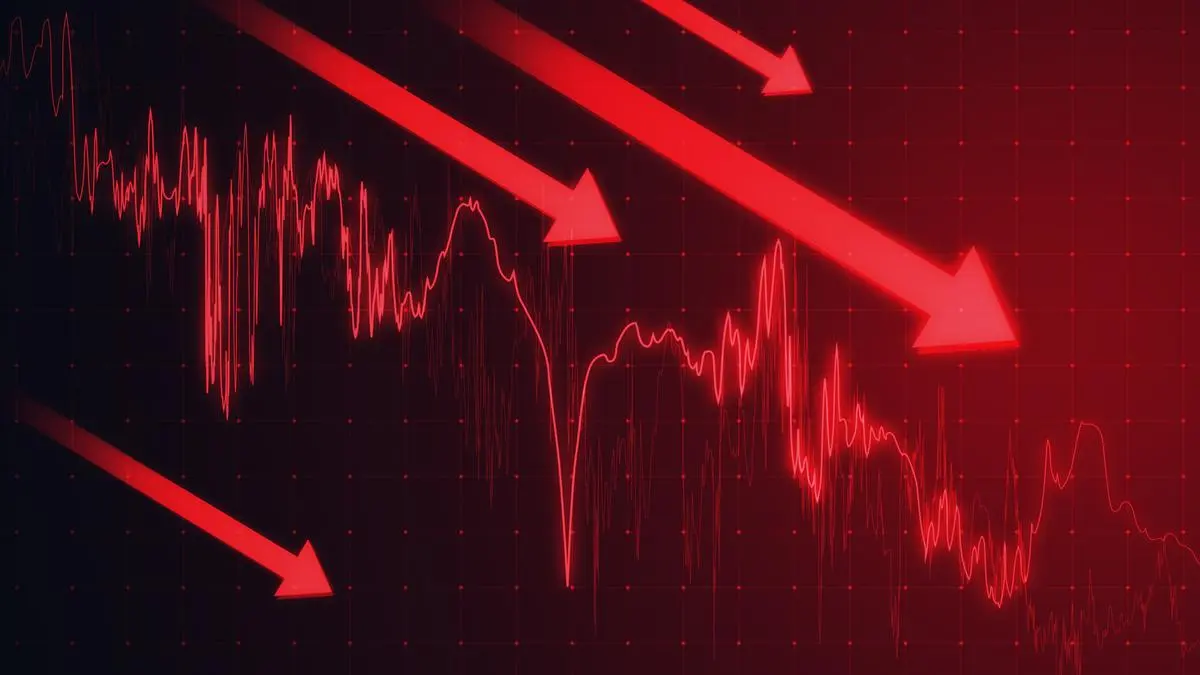Eliezer Yudkowsky once described a mental trick called a “semantic stopsign.” This is when someone proposes an answer to question in a way meant to terminate further inquiry. As he puts it, a semantic stop sign “isn’t a propositional assertion, so much as a cognitive traffic signal: do not think past this point.” He gives an example of how the possibility of new technology allowing us to alter our biology raises all kinds of questions for the future – and an acquaintance of his who uses “democracy” as the proposed solution to all of the issues raised. Yudkowsy says:
That’s it. That’s his answer. If you ask the obvious question of “How well have liberal democracies performed, historically, on problems this tricky?” or “What if liberal democracy does something stupid?” then you’re an autocrat, or libertopian, or otherwise a very very bad person. No one is allowed to question democracy.
The key signal that an answer serves as a semantic stop sign isn’t the answer itself – it’s whether the answer is meant to serve as a blocking mechanism from asking the next obvious question. Genuine answers facilitate further conversation, while semantic stop signs prevent it.
One common semantic stop sign I see these days comes when asking the kinds of people who are inclined to support the proposals of Bernie Sanders or Elizabeth Warren about how the programs these Senators propose will be funded. The common answer is “tax the rich!”, or something like “we’ll make billionaires pay their fair share!”
But what’s the next obvious question? How much extra money can really be brought in by “taxing the rich” or “making billionaires pay their fair share”? And would that be enough to pay for the proposed policies?
Let’s start with something raised in 2019 by the economist Antony Davies when he pointed out the following:
The 550 US billionaires together are worth $2.5 trillion. If we confiscated 100% of their wealth, we’d raise enough to run the federal government for less than 8 months. Perhaps our problem isn’t how much billionaires have but how much politicians spend.
Politifact reexamined this claim in 2021 and rated it as “mostly true.” As they put it, “The two figures are out of date [as of 2021, when the post went viral], but the thrust of the claim is accurate: The estimated $5 trillion in wealth of the nation’s billionaires is enough to cover about eight months worth of federal spending.”
Even this overstates how much mileage you could get from such a move. Elon Musk may be worth $225 billion at the moment, but that doesn’t mean he has $225 billion sitting in his checking account. That number is overwhelmingly made up of the value of his stock holdings in the various companies he owns, along with other assets like bonds, land, home equity, and so forth. If the government wanted to take all of Musk’s wealth to finance current spending, that would require Musk to massively sell off assets, which would drive down the prices of all those assets and cause much less than $225 billion to be recovered.
But it gets worse than that. Even if you seized all the wealth of all billionaires, and even if you made the highly unrealistic assumption that you could in fact get the full value of those assets in the process, that would only cover what the government is currently spending for a handful of months. But the Urban Institute estimated that Elizabeth Warren’s health care plan would require $34 trillion dollars in additional government spending over the next 10 years. $34 trillion over 120 months comes out to over $280 billion per month. In 2023, Forbes estimated that the net worth of all US billionaires was $4.5 trillion – lower than what Politifact found in 2021, as Forbes notes more than half of billionaires were worth less than the previous year. Let’s be generous and round that back up to $5 trillion. At $280 billion per month, seizing 100% of all the value of billionaire assets and (unrealistically) keeping all that value in the process would cover the additional spending Warren’s plan requires for less than a year and a half.
And it’s even worse than it sounds at first glance. Wealth is a stock, but spending is a flow. The value built up by wealthy Americans represents a cumulative process that spans many decades. This means that if you completely tapped the billionaire well dry to run Warren’s program, you can’t just repeat that process again 16 months down the road to keep things going. You can seize all of Musk or Buffet’s wealth, but you can only do that once. Grandiose plans like those put forth by Warren and Sanders simply can’t be funded by going after billionaires or even just “the rich” – and anyone who gives that answer is likely caught in a semantic stop sign.








































